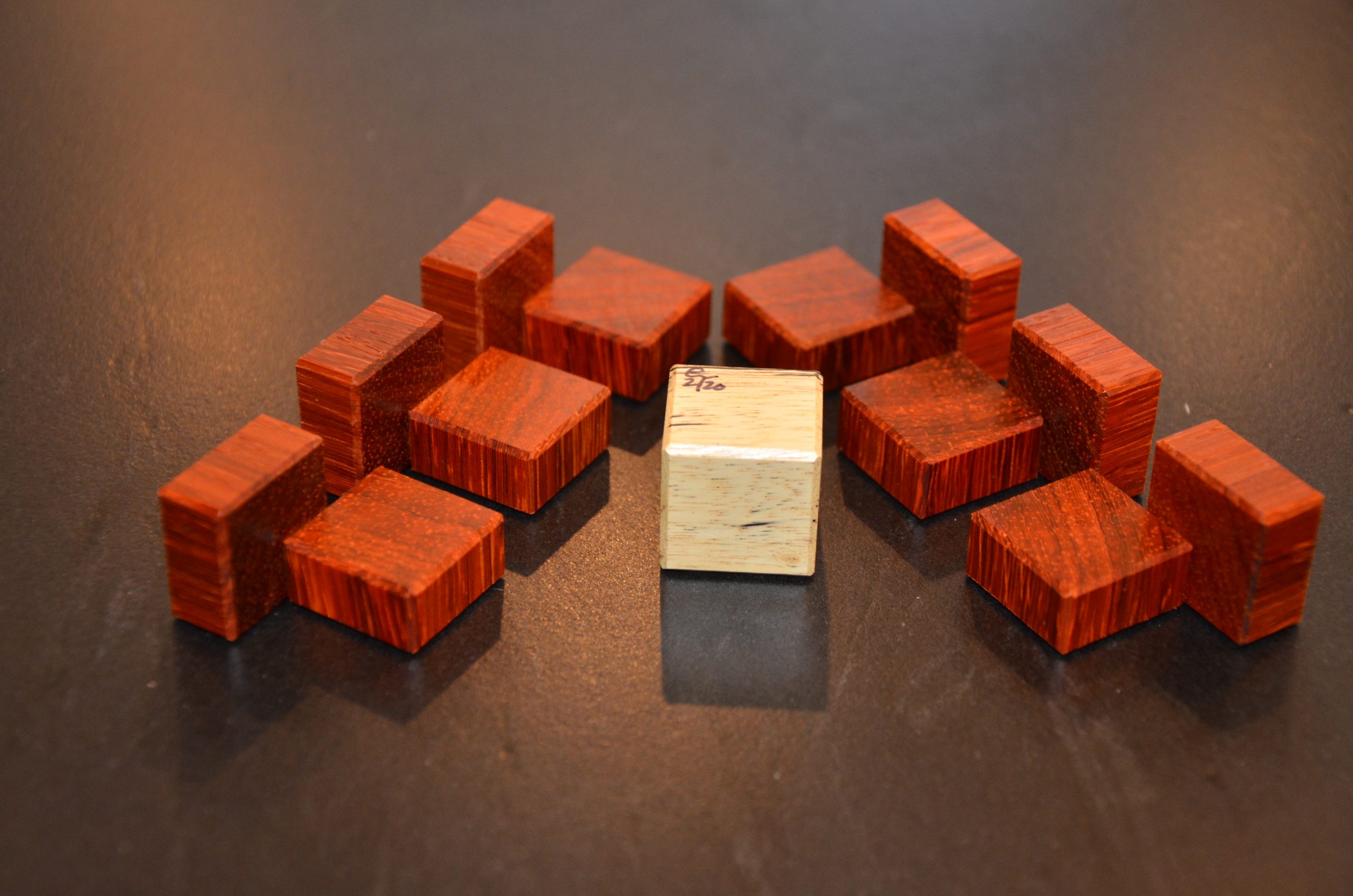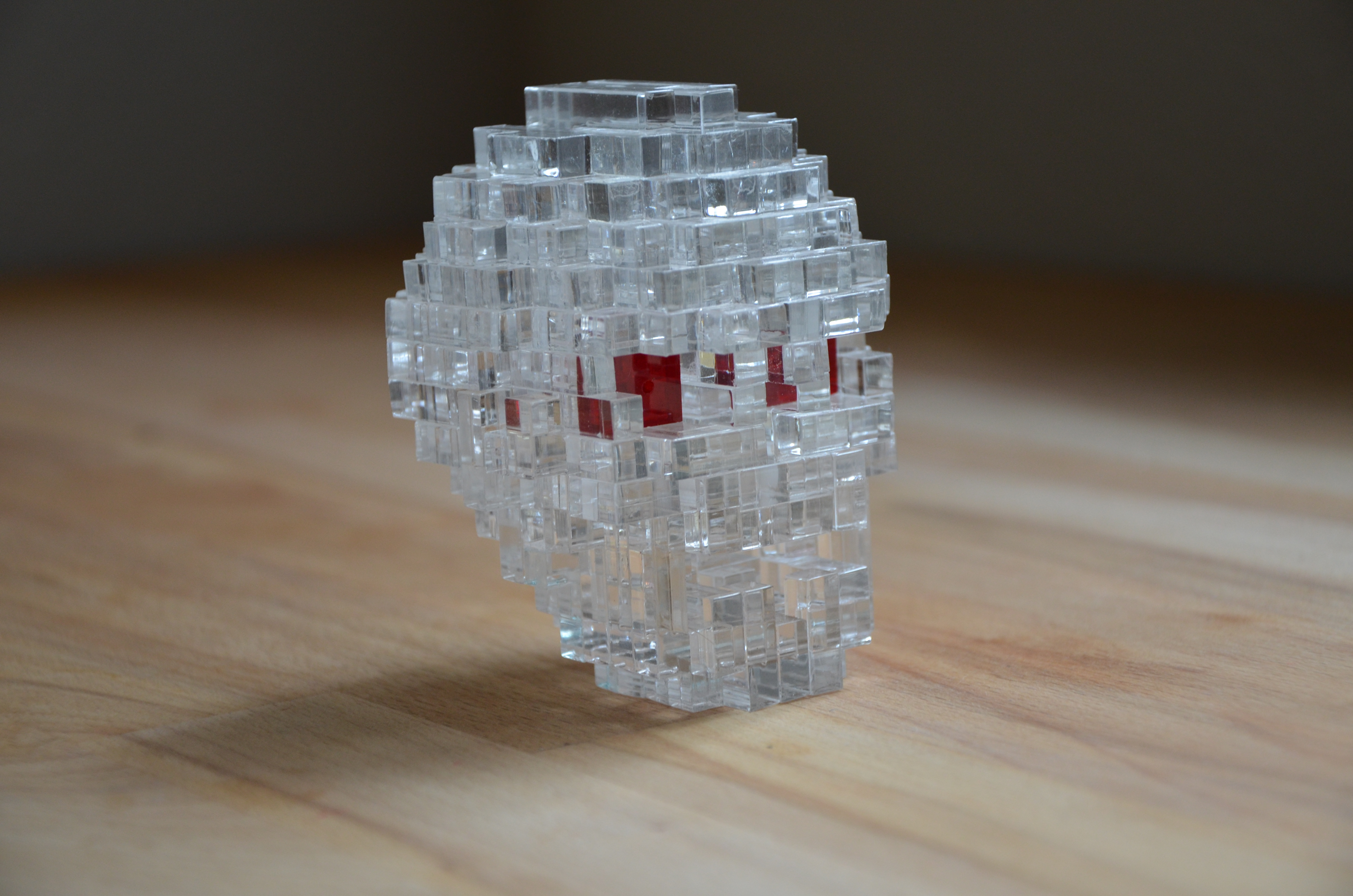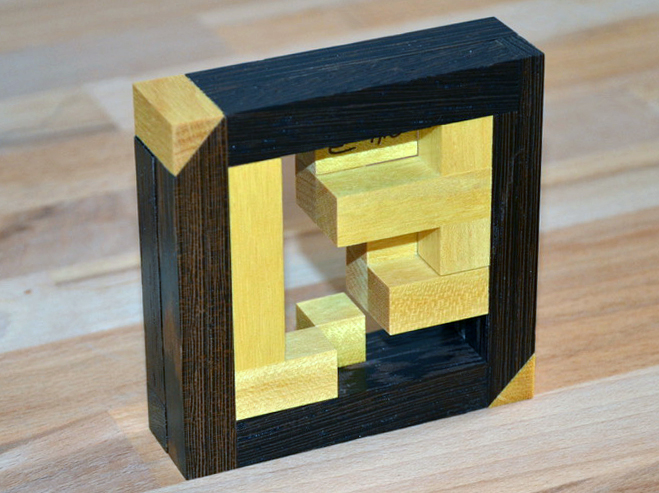Mechanical
-
Read More: TwisTIC – Andrew CrowellIt’s been a while since I worked a TIC puzzle and I managed to grab…
-
Read More: Surround – Kohno IchiroI’m back in the puzzling groove and this week, I’ve got Surround designed by Kohno…
-
Read More: Harun Packing Puzzle – Dr. Volker LatussekI try to be inspired before writing a blog post. I find that I write…
-
Read More: MysTIC – Andrew CrowellOk, today, I have MysTIC – A very interesting 4×4 cube that I am anticipating…
-
Read More: FanaTIC – Andrew CrowellWow! I am sure excited for this one. I have FanaTIC designed by Andrew Crowell…
-
Read More: Cranium – Jerry LooYes! I was one of the lucky 8 people to get my hands on this…
-
Read More: TEETOTUM – Alfons EyckmansOk, here we go. We have Teetotum designed Alfons Eyckmans and wonderfully crafted by Pelikan…
-
Read More: Blocage – Stéphane ChomineWooo yeah. I’m still buzzing from having just completed Blocage, design by Stephane Chomine and…
-
Read More: YyYy – Osanori YamamotoYyYy – All right. Here we go. Time to go on a journey with YyYy…
-
Read More: 2 Rings – Chi-Ren Chen2 Rings is a puzzle that was made by Eric Fuller and was sold back…









